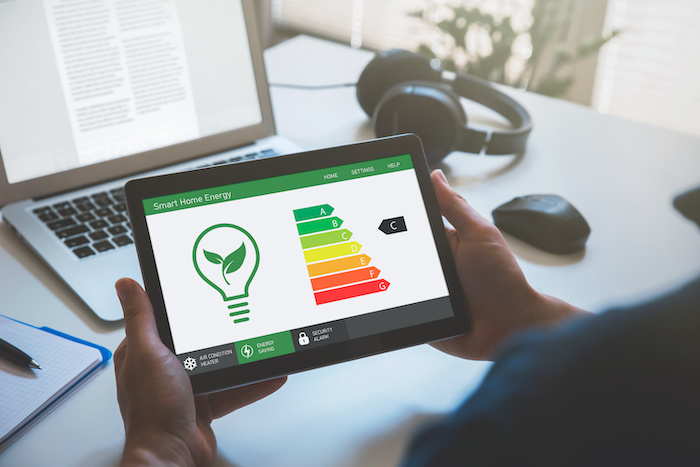
As a commercial building proprietor, it’s recommended that you adopt energy-efficient solutions for your establishment. It’s not only for the sake of saving costs on monthly electricity bills but also for being a responsible and eco-friendly business entity.
You can boost your company’s public reputation too. It’s said that many modern businesses today are shifting to greener initiatives, and customers highly patronize those that do so. As people become more aware of the harm and dangers caused by climate change, businesses and individuals alike are believed to be starting to make the switch to sustainable practices.
You can do your part by designing an energy-efficient building. You’re not alone though. This movement is said to be currently being applied to many premises that are present in a large span of industries. Access to many energy-efficient solutions and ways, from using alternative energy to investing in energy-efficient equipment, is said to be easy nowadays.
Are you looking for different means to partake in the ongoing green revolution? Here are some of the best practices to make your building energy-efficient:
1. Install Building Insulation
Buildings in colder climates can benefit from insulation, an effective energy-saving technique.
Walls and roofs are the primary sources of heat loss in any property, and insulation helps retain them more. When heat and coolness dissipate, your heating, ventilation, and air conditioning (HVAC) system needs to work harder, thereby using up more electricity. As a result, you’ll have to likely spend more energy to heat water. As recommended, find the right HVAC contractor who can advise you on which systems are preferable for your building.
The attic and any cavities in the walls can be insulated to reduce energy bills. However, it’s essential to consider your building’s location before deciding what type of insulation to use. Some facilities located in warmer regions need hot air to be released from the building. It’s best to check your building’s geography and other conditions before conducting insulation installations.
2. Monitor Your Building’s Energy Consumption
One effective way of boosting the energy efficiency of your commercial building is to monitor your energy consumption.
By using Widesky for Energy, you can manage data from all metering devices and get access to different electricity reporting systems. This allows your business to control and monitor all activities that use up electricity. Staff can brainstorm ways to decrease energy consumption when you can track down your commercial property’s periodic electricity usage.
3. Prevent Air Leakage
Experts agree that buildings must have a low level of air leakage to be efficient, comfortable, and durable. The need for better energy efficiency in buildings is causing airtightness to become an uncompromised feature.
Airtightness can only be achieved if design details are considered early on. During the construction of the building, this design should be implemented in all installations. From doors to windows and other entryways, air leakage should be prevented. Gaps must be sealed carefully, and continuity of the air barrier must be maintained. It’s best to take care of this during construction than after the building is finished.
The result of air leaks is cold outside air entering the home through the wall, ground floor, and ceiling gaps, causing cold drafts. Occasionally, infiltration can result in the condensation of elements in the structure due to cooling. All these can lead to wasting energy. Further, leaky buildings emit more carbon dioxide. When your structure isn’t airtight, you will need to utilize more considerable heating or cooling equipment which is not energy-efficient and cost-effective.
Owners of old and new buildings alike are encouraged to take on steps to avoid air leakage.
4. Focus On The Use Of Appliances
Depending on your business or the industry it belongs to, you’ll need to utilize different appliances, equipment, tools, and devices as part of operations. Although it may not apply to all types, some machines can be energy-efficient through naturally advanced design.
Plugging in any appliance requires energy. The amount of energy each one consumes is said to depend on how efficient the device is. An older appliance usually uses more power than a modern one. Check out which appliances in your building need to be replaced with energy-efficient ones.
Energy ratings can be found on appliance labels. Check out the different efficiency certifications each product boasts. Invest in energy-saving gadgets too for they’re worth the tag.
5. Consider Solar Energy
Energy-efficient buildings are most likely to be powered by solar energy. Unfortunately, many businesses tend to shy away from this shift due to the initial hefty amount of investment required.
Nonetheless, if you compute and think of the results long-term, your business can benefit from a solar-powered establishment. These systems can last up to two decades, which is more than enough for you to receive a return on your investment. Plus, government perks and subsidies are present for businesses that turn to green solutions for their properties.
Conclusion
While energy efficiency investments have substantial upfront costs, it’s believed that they’re among the best investments you can make. Ensure to apply the best practices mentioned in this article, and you’ll see immediate results in your building’s energy efficiency. Get ready to enjoy cost savings on your electricity utility and get approval from your clients for being environmentally friendly.
